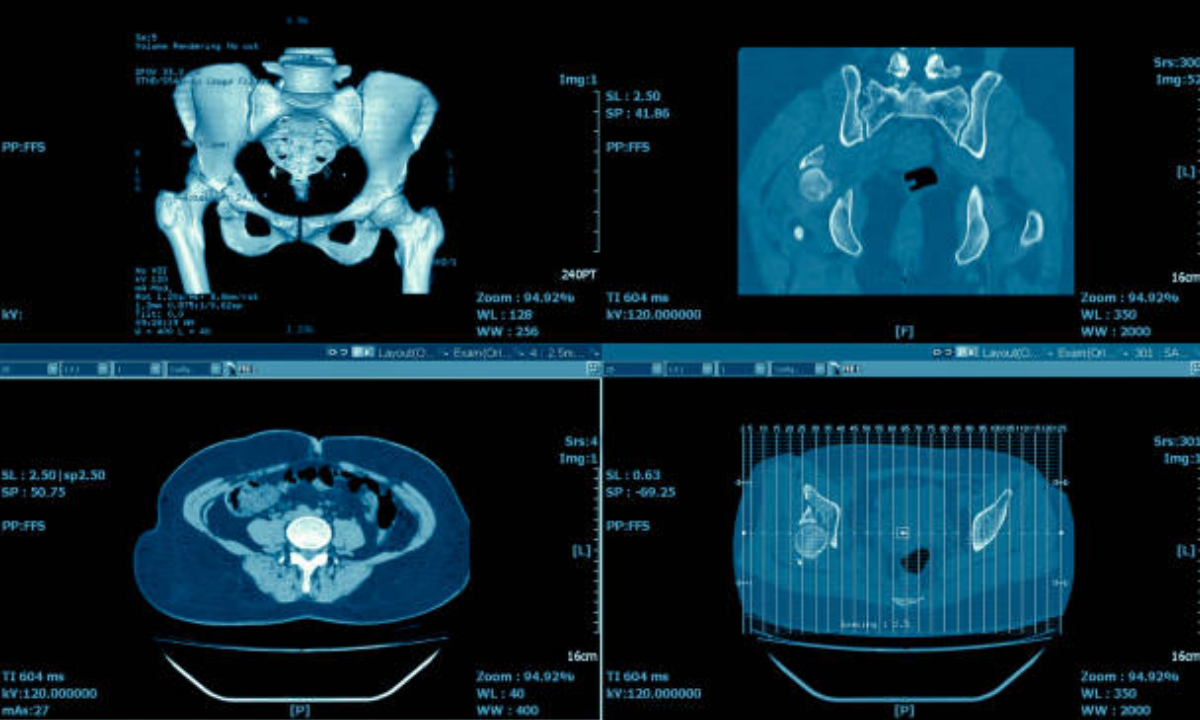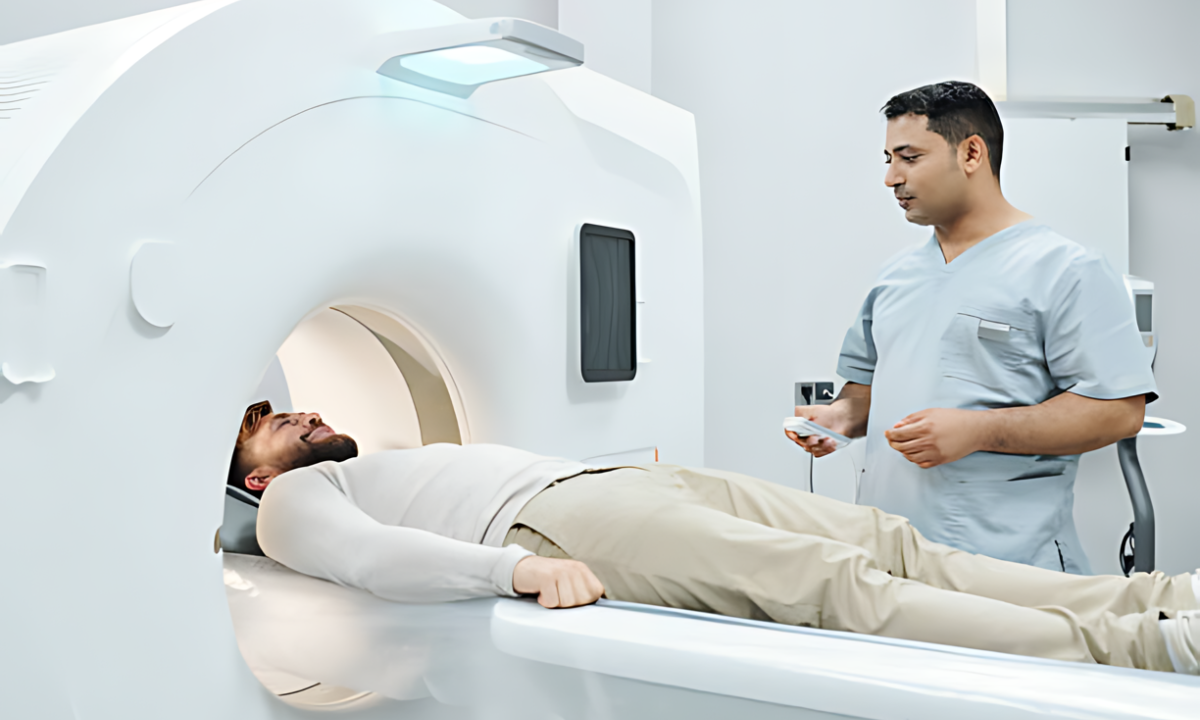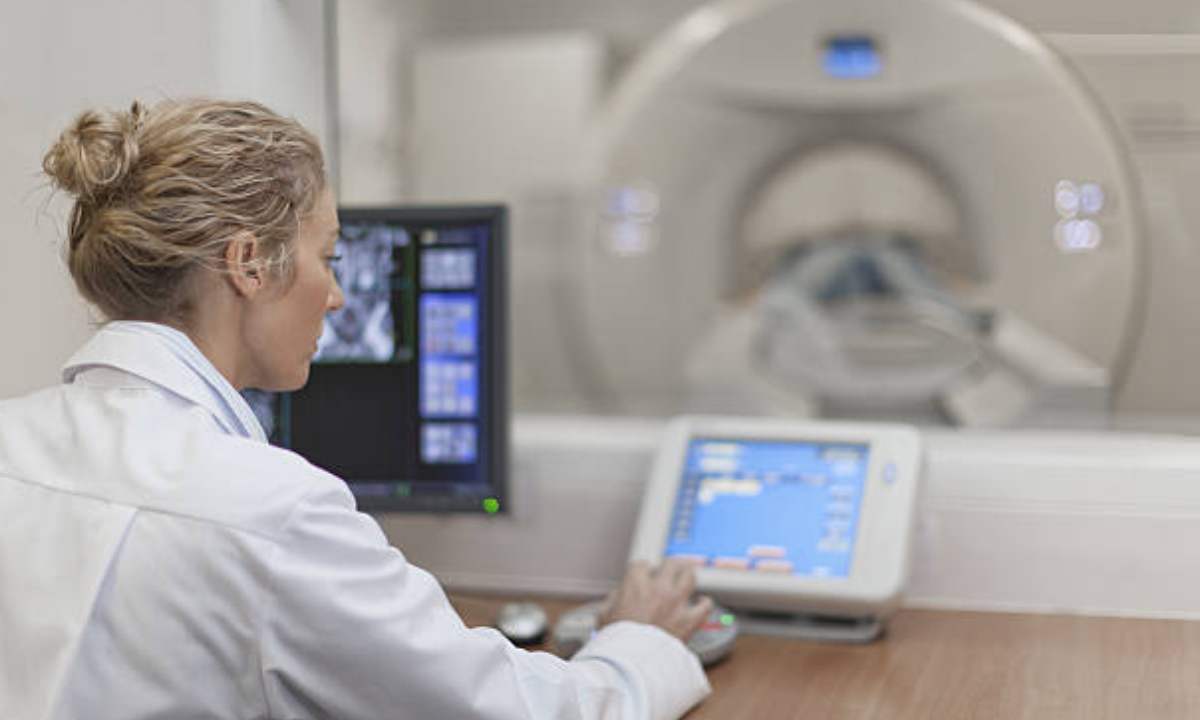What is Theranostics?
Theranostics joins the words “treatment” and “diagnostics” to depict an incorporated methodology for customized medication. At its center, theranostics includes utilizing designated specialists, for example, nanoparticles, antibodies or little particles that can recognize explicit biomarkers related with a sickness. These same agents are then used to deliver targeted therapies directly to the disease site.
The objective of theranostics is to empower accuracy medication by permitting clinicians to imagine, portray and treat a patient’s sickness. Theranostics agents can help optimize treatment plans based on a patient’s individual molecular profile and disease characteristics.
This customized approach can possibly further develop treatment results while diminishing secondary effects by conveying higher portions of treatment straightforwardly to sick locales. A promising new methodology called theranostic therapy joins designated diagnostics with modified therapy to streamline disease care for every person.
By utilizing sub-atomic profiling to recognize a patient’s exceptional growth qualities, theranostic therapy means to convey definitively matched treatments straightforwardly to disease cells while cautiously checking treatment reaction.
How Does Theranostic Treatment Function?
Theranostic agents work by homing in on molecular targets that are uniquely expressed by diseased cells. These molecular targets usually include biomarkers, receptors or other proteins that are overexpressed in a disease compared to normal tissues. Theranostic agents are designed to recognize and bind to these molecular targets.
Some common types of theranostic agents include:
- Nanoparticles – These are nano-sized vehicles such as liposomes, polymeric micelles or inorganic nanoparticles that can encapsulate imaging and therapeutic agents. Specific ligands on their surface allow nanoparticles to target molecular biomarkers.
- Antibodies – Antibodies target cell surface receptors and can be linked to radioisotopes, drugs or other payloads.
- Small molecules – Small molecule probes target intracellular proteins and can be modified to include both a signaling element like fluorescence as well as a therapeutic drug or toxin.
Once bound to their target, theranostic agents allow clinicians to visualize the presence and location of disease using imaging modalities like MRI, CT, PET or optical imaging. The same agents can then selectively deliver an encapsulated therapeutic payload like chemotherapeutics, nucleic acids or apoptotic proteins directly to the diseased sites.
Applications in Disease Theranostics
Disease theranostics is one of the most encouraging utilizations of this new methodology. Some examples include:
- Prostate Cancer – Prostate-specific membrane antigen (PSMA) is highly expressed in prostate cancer cells and its metastases. PSMA-targeted nanoparticles and antibodies labeled with radioisotopes or drugs are in clinical trials for imaging and treating advanced prostate cancer.
- Breast Cancer – The human epidermal growth factor receptor 2 (HER2) is overexpressed in ~20% of breast cancers. HER2-targeted antibodies coupled to radioactive isotopes or chemotherapy are FDA-approved for imaging and treating HER2-positive metastatic breast cancer.
- Lung Cancer – Epidermal growth factor receptor (EGFR) mutations drive the growth of many lung cancers. EGFR-designated nanoparticles conveying both imaging tests and EGFR inhibitor drugs show guarantee for cutting edge customized cellular breakdown in the lungs and the board.
- Other Cancers – Theranostic strategies targeting receptors like folate receptor (FR) and prostate-specific membrane antigen (PSMA) are under investigation for cancers of the ovaries, pancreas and other solid tumors.
Advantages of Theranostic Therapy
Compared to traditional treatment approaches, theranostic therapy provides several advantages:
- Precision: Targeted agents can pinpoint the exact location and molecular characteristics of disease, enabling personalized treatment plans.
- Efficacy: Higher payloads of imaging and therapeutic agents can be selectively delivered to diseased cells, potentially improving response rates.
- Safety: Healthy tissues receive lower non-specific exposure to therapies, reducing side effects. Poisonousness is checked through sequential imaging.
- Optimization: Treatment response can be monitored through repeat imaging, allowing clinicians to adjust dosing or change therapies in non-responders.
Current Challenges and Future Outlook
While promising, theranostic therapy still faces several challenges that researchers are working to address:
- In Vivo Stability: Theranostic agents must retain their targeting ability and remain intact long enough to effectively guide treatment in the body’s complex biological environment. Guaranteeing steadiness against corruption and leeway is an area of dynamic examination.
- Specificity and Sensitivity: Targets like receptors are sometimes co-expressed on normal as well as diseased cells. Achieving absolute specificity remains difficult and could limit the therapeutic index. Imaging probes also require optimization for high sensitivity to detect small lesions.
- Multi-modality Imaging: Combining different modalities like PET/MRI could provide complimentary functional and anatomical data but requires further work to integrate multiple contrast agents into one platform.
- Clinical Translation: Most theranostic strategies are still in preclinical or early-phase clinical testing. Bigger examinations are expected to approve security, viability and cost-adequacy contrasted with standard treatments. Regulatory approval pathways for combination diagnostic-therapeutic agents also need refinement.
Notwithstanding current difficulties, theranostics is quickly developing. Cutting edge specialists are investigating more steady nanocarriers and focusing on different biomarkers all the while for further developed explicitness.
Multi-functional nanoplatforms integrating imaging, therapeutic and diagnostic payloads within one nanomedicine show promise. Computerized reasoning and AI approaches might assist with streamlining patient determination and constant treatment observing.
As how we might interpret atomic drivers of sickness develops, theranostics is set to change clinical administration across oncology, cardiology, nervous system science and different fields.
Consolidating designated diagnostics with customized treatments, theranostics means to introduce a time of genuinely individualized medication. With proceeded with propels, theranostics could alter treatment results for the overwhelming majority basic diseases.
How does this theranostics therapy impact cancer treatment?
Theranostics therapy has the potential to significantly impact cancer treatment in the following ways:
- Personalized treatment planning – Theranostic agents allow clinicians to visualize the molecular characteristics of a patient’s unique cancer. This informs more targeted therapy selection compared to one-size-fits-all approaches.
- Improved response rates – By delivering higher payloads of drugs directly to tumor cells via targeted nanoparticles/antibodies, theranostics may help more patients respond to treatment.
- Ability to monitor treatment – Serial imaging with theranostic agents tracks how well a therapy is working at the molecular level. This allows doctors to assess response early on and change course if needed instead of relying solely on later anatomical changes.
- Dose optimization – Monitoring with theranostics helps determine the minimum effective dose, reducing toxic side effects from excessive systemic exposure. It likewise evades underdosing by heightening treatment for non-responders.
- Earlier detection of metastases – Highly sensitive molecular imaging could find small metastatic deposits earlier than current anatomical imaging. This may catch cancer spread at a curable stage.
- Personalized combination therapies – Theranostics makes testing drug combinations and schedules for individual patients more feasible compared to traditional clinical trials.
- Improved outcomes and survival – All of the above have the potential to lead to higher response rates, longer remissions, and improved survival if theranostic approaches become the standard of care.
Eventually, theranostic therapy expects to incredibly further develop malignant growth care by joining customized diagnostics with customized treatment. It tries to distinguish the particular sub-atomic highlights of every patient’s sickness, and guide treatment appropriately.
While more work is as yet required, theranostic therapy offers vow to convey higher medication portions straightforwardly to cancers and cautiously screen reactions, possibly getting repeat sooner. With progresses, it desires to make disease a reasonable condition for additional individuals.
Kiranpet Diagnostic Center gives different testing and evaluating administrations for patients. It is a privately run center that endeavors to give customized care and assist with people accessing the medical services administrations they need.
Also Read : Top 5 Diagnostic Centers in Bangalore for Accurate Results






